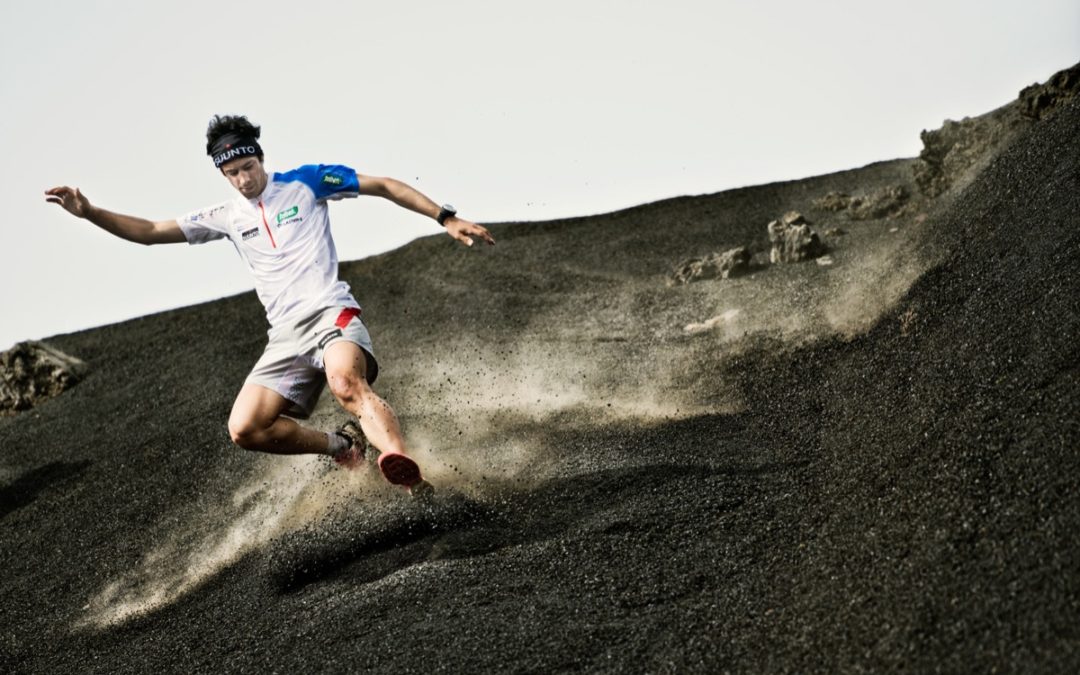To the unprepared runner, long, steep, or technical descents can end the bid for a race finish or make it very difficult to be mobile afterward. Adding focused downhill running sessions into your training schedule will prepare your body for the thrashing that it will take on race day. Fast downhill running is what truly separates road runners from trail runners, the ability to negotiate difficult trails quickly without falling is a real skill.
It is important to pick a trail that mimics the type of terrain that you will be running during your race(s). If you are running on jeep roads during your race, then run jeep roads, if you are running technical rocky singletrack, then find the gnarliest downhill that you can find (Mushroom Rock and the Ute trail are good options) Learning to run downhills fast and with good technique can actually decrease the impact that is placed on the body. Leaning forward and jumping through technical downhill terrain allows for less of a braking motion, which puts less stress on the body.
The Workouts
1) Short Downhill Repeats
Find a hill that takes three to five minutes to descend. Start with 3 and work your way up to 5 or 6 downhill repeats. Jog slowly or walk back to the top for recovery. You can also integrate this type of workout into a long run. These intervals are very well suited to developing the ability to descend technical trails. They take a lot of mental focus and put a ton of stress on the quads and the hip musculature, making these muscle groups more prepared for race day.
2) Long Downhill Descents
Long downhill descents should last anywhere from a quarter mile to six miles. This workout is definitely more specific to longer trail races or races such as Imogene that have a long quad-busting descent. The more sustained downhill there is, the better. The objective is to make your legs ache in training to minimize race-day soreness. Schedule a long downhill session at least once every ten to 14 days during peak training. Muscle memory for this kind of work fades after roughly two to three weeks.
Implementation
If you’re new to downhill running, or to running downhill fast, start gradually with several short downhill repeat workouts. Training your downhill muscles too aggressively or racing without proper preparation will prohibit you from being able to train comfortably for weeks and may cause injury. It is also important to not run above your ability level, if you know that you are clumsy and tend to fall then start easy, just trying to run a little faster each week, a broken collarbone won’t do you any favors. Oh, and have some fun, going fast is blast!


great tips Sean!! Also try running down Arbaney Kittle Trail for a real test of quad burning endurance and technical skillage.